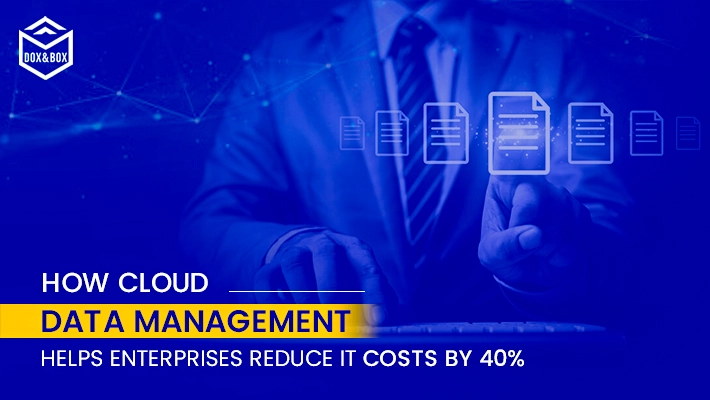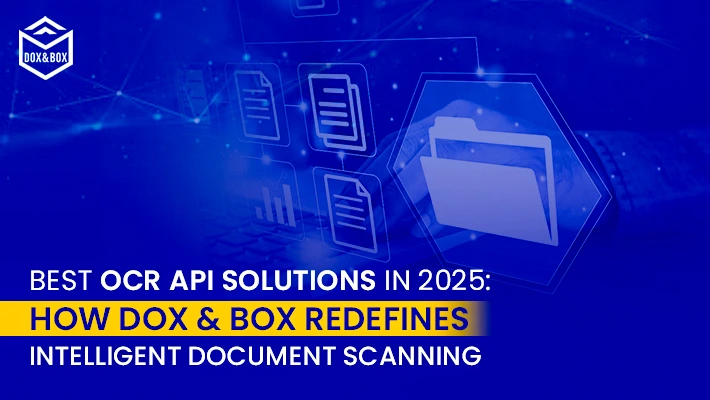Dec 19, 2025
Nobody anticipated that 2020 would pan out the way it did. And since everything about 2021 has been unsteady, it has only made us sure about automation endeavors being on a continuous upsurge!
More and more organizations are advancing their automation efforts as an immediate reaction to COVID-19. The pandemic ignited the spark to the full-fledged outbreak of the automation industry forcing everyone in the business to reevaluate how they work and to empower employees to work remotely and respond to a hike in demand for services at full potential. How has automation affected the work culture since 2020?
How automation changed the dynamics for organizations and consumers?
- Virtual customer handling - Contactless procedures between consumer and supplier interaction will acquire more importance in 2021. This pattern broadens the use of automation advances to the areas that expect human-to-human contact which can improve regular client experience.
- Improved Orchestration - Spike in automation leads to better orchestration. Both are different but related concepts. Where on one hand, automation uses software to reduce costs, complexity and inaccuracies, its work revolves around making businesses more efficient by reducing human interaction with IT systems. Whereas, orchestration works on a higher note and expects to base decisions on the changing nature of requirements.
- Artificial Intelligence on the go - Raised availability and integration of Artificial Intelligence (AI) technologies are making it simpler to utilize AI for your potential benefit. 2020 saw more individuals making use of AI to foresee business acumen and drive intelligence in automation and 2021 will certainly boost more businesses to try this technology.
During the pandemic, the gradual yet sudden shift to digital means has proven how essential AI is for businesses in order to reach customers and to maintain daily operations. With this employees in all organizations have realized that without automation they cannot reach the speed and magnitude required to maintain customer relationships and to meet the demands quickly. These solutions can also provide personalized insights into customers to help serve them better.
In the long run, as well, AI will help different organizations bridge together to provide a holistic approach towards the customers to deliver more personalized solutions to them. This connection between humans, technology, and machines will open so many new arenas of opportunities to unlock the full potential of businesses and provide real-time values.
Accepting AI is a critical advancement in computerized transformation programs as it empowers enterprises to appropriately use tons of data they store, yet often fail to utilize. This sort of business intelligence can assist with driving efficiencies, cutting costs, and improving the consumer experience.
- Quicker solutions with HyperAutomation - Automation doesn’t only gift us all speed but it is expected by 2024, that operational costs would be reduced by 30% by combining HyperAutomation technologies with redesigned viable procedures.
HyperAutomation basically implies applying automation at pace, so when associations need to quickly adjust their work processes they can find a solution instantly.
- The Cloud - Another trigger that followed automation was the shift to the cloud. The cloud supports collaboration, innovation, automation, and dexterity as it makes access to the latest technologies such as AI with lesser investment, framework, and skills.
Doxandbox believes that there are multiple methods through which Artificial Intelligence Data Management can augment human effort and experience considering it as a critical capability that helps them get a better insight about customers and sculpture new dimensions of business innovation. Their most recent developments are currently in sectors of OCR, AI, and Cloud.
The key to success is a combination of agility and partnership among employers and employees. Developing processes in the cloud, sharing them with colleagues, and getting a quick notation of any amends made by others has been quite a learning and intriguing process for everyone.
Bottom Line -
With a major portion of office-based individuals telecommuting, it's a priority now more than ever to utilize tools and software that boost cooperation between workers. 2020 witnessed the spike of collaboration advances like Microsoft Teams, in which the average client spent over four hours every day to take part in video calls, work on shared archives, and review meetings.
Automation is not just a necessity but a soon-to-be want for everyone witnessing the shift in nature of work culture and customer experience; keeping in mind all the other pros it carries along.







